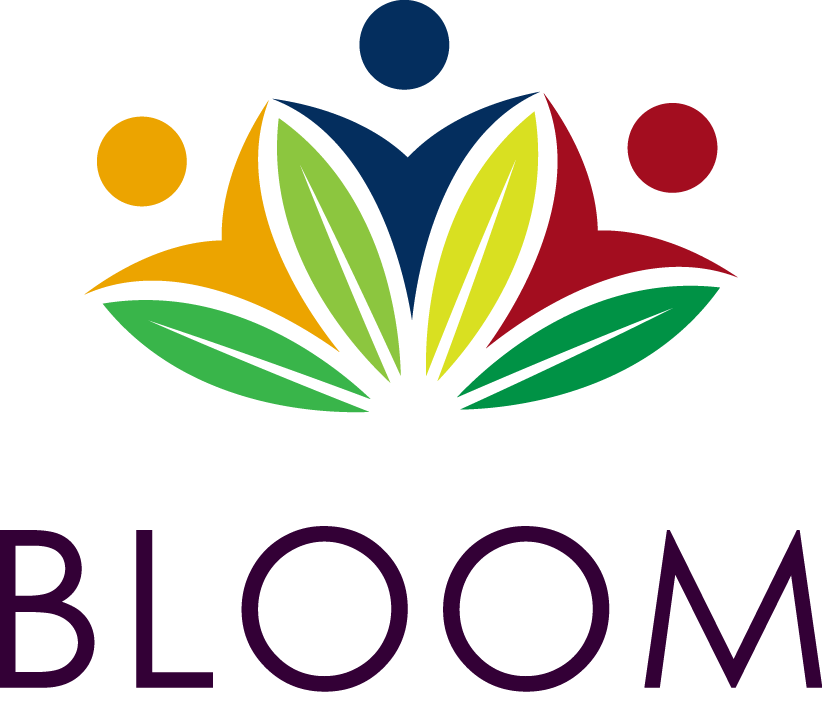Planning to Plan
During the third stage of the strategic planning process an organization builds on stakeholder input from the first two stages and gets down to the nuts-and-bolts of bringing that vision to life.
In Stage 3, the action shifts from the organizational level to smaller planning groups. Four- to six-person teams are charged with detailed planning for each key initiative established in the visioning stage. The members of each planning team should have expert knowledge relevant to their group’s domain; staff members who live the day-to-day work of the domain are especially important participants.
In the planning stage, it’s the quality of the knowledge and expertise of those involved, not the quantity of participants, that matters most.
Each planning team is responsible for setting a key domain-specific goal or statement of intent, a thematically focused mini-vision which focuses on a three-year target or intention. The detailed plan then unfolds from a short sequence of highly structured meetings that produce SMART objectives which specify how the organization will enact its new initiatives. Bloom orchestrates the technical and project management tasks to free client time to maximally focus on content generation.
Detailed planning requires genuine focus and diligence, which brings us to the first challenge of this stage of the process: Bandwidth.
Ideally, over the course of three to six weeks, organizational leaders and participants invest about 30 hours in these workgroups, doing pre-work, meeting, and completing essential homework. That can seem an onerous lift for busy people, however these workgroups succeed only when they are prioritized. This part of the process is most successful when leadership is willing—for a limited time—to create protected time for the key people involved. Sanctioned protections could be things like release time, coverage for classes, or buying dinner for evening meetings. Through such steps, leadership signals that the workgroups are a valued priority and that participants have meaningful ideas to contribute.
The second challenge is often a gratifying challenge: Eagerness to do the work being planned.
When the detailed planning is going well, workgroup participants might want to start implementation right away. For example, while planning may take place in the spring, people may want to start implementation by early summer, in Year 0, so to speak. While this enthusiasm can create some initial forward momentum, it must be balanced with an appreciation for the realistic constraints of peoples’ availability and the organization’s day-to-day operations in the coming year.
Bloom works with leadership and planning teams to establish a mindful and effective implementation timeline that both nurtures and channels peoples’ enthusiasm for the project.
On the other end of the spectrum, organizations may be reluctant to commit to change and may want to defer planning, citing a concern about the perceived need for more time to research. The organization’s new vision may call for the creation of new programs, but members of reluctant planning teams may say: “We can’t plan a new program yet! We need more time just to figure out what that program should be!”
And to that Bloom replies: Exactly! In the planning stage, work teams are often planning to plan—they’re establishing the structures, timelines, and processes that will allow detailed, tangible groundwork and targeted research to occur during Year One of implementation. Due to that, we often think of Year One as the “due diligence” year, or a pilot planning year. We take this two-step approach — planning to plan, then planning — because we’ve learned through many client engagements that it is more efficient to help teams develop action plans that organize research and development intentions than to pause planning altogether and risk the foundering of a promising project due to waiting for people to decide when they are ready to get started.
To illustrate: An organization has decided it wants to create a new program or service offering. Perhaps they are a youth development organization that sees a need for programming that teaches teenagers how to live independently. In Year One they will identify what planners need to learn in order to develop this program knowledgeably. Once they have figured out what they need to know and have acquired that knowledge, they will be prepared to design the new program and to develop and apply a pilot version to test feasibility. In Year Two they would run the pilot, studying the operations and the effects to make improvements. In Year Three, they would launch the program at scale.
During the detailed planning stage, we work with the client to strike a balance between people who are anxious about moving too quickly and those who are concerned about delaying. This approach harmonizes both tendencies, giving leadership time to make sound, informed decisions that reassure those worried about moving too fast while establishing the strong foundation necessary for the ultimate success of the final initiative, which will appeal to those who want to jump right in.
When done properly, detailed planning is a collaborative and inclusive experience that appeals to a variety of personality types, leverages both big picture and granular thinking, and charts a successful course for the organization for many years to come.



